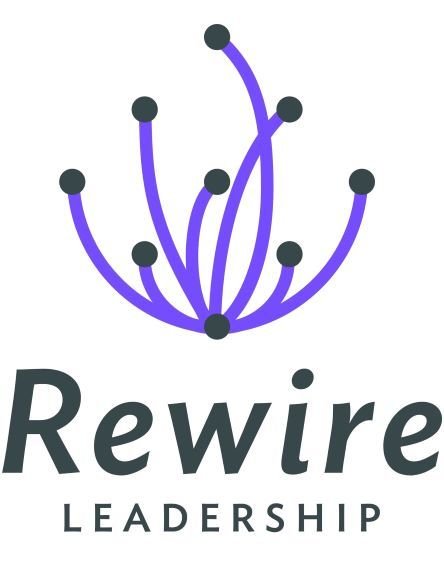Element B v. FIRO B
What You Gain
Both the FIRO-B1 and Element B2 are based on the Fundamental Interpersonal Relations Orientation theory, known as FIRO® (pronounce f-eye-row) and developed by Will Schutz, Ph.D. Both are easy to administer. Each can be filled out and scored in about 20 minutes. Those of you who are familiar with the FIRO-B will have an easy time transferring your experience and knowledge to Element B, should you find the argument to experiment with it compelling.
The differences are profound. There are several.
Element B focuses on the same behaviors as the FIRO-B with one exception. Will realized that affection was not a behavior but rather, a feeling associated with the behavior of Openness. Given that, he changed the scale name and the items to measure the behavior of Openness.
Element B measures how I perceive my behavior in the present as well as what I would like my behavior to be in the future. It also measures how I perceive your behavior toward me in the present and how I would like it to be in the future. This is quite different than the FIRO-B which looks at my perception of how I behave currently juxtaposed with how I would like you to behave toward me. These gaps between how I perceive myself currently and how I want to behave in the future create the beginnings of an action plan. This shift in Element B is a major change and provides a benefit that makes Element B significantly more informative and useful.
Because Element B includes what an individual wishes he/she would do but isn’t doing currently, this puts the participant’s brain on notice that something may change. It primes his/her brain for change simply by thinking about how you would like it to be. It creates a much clearer snap shot of where someone is in the moment while at the same time showing how that person hopes to evolve.
Element B measures the perception someone has of him/herself in relation to others in three behavioral dimensions of the FIRO theory. It also measures the perception someone has of others in relation to him/herself in the same dimensions. These dimensions are:
Inclusion: This dimension encompasses how much contact and interaction someone exhibits towards others and wants to exhibit toward others. It also looks at how much contact and interaction someone perceives that he/she receives from others and wants to receive from others.
Control: This dimension encompasses all the behaviors that relate to exerting influence, creating structure and process, organizing, decision making, and leading or following. In this dimension, we examine what each person perceives themselves as doing or exhibiting currently, and what he/she would like to do. Similarly, we look at what we perceive that we receive from others and what we would like to receive.
Openness: This dimension examines the depth of vulnerability of feelings and thoughts that are shared in an interaction. Each individual perceives what he/she is expressing in a relationship currently and what he/she would like to express. Similarly, the individual examines what his/her perceptions are about what is received from others currently and what is desired.
There are fewer reports available for Element B than FIRO-B, however, there are a couple that assist the participant and/or the coach in analyzing and utilizing the scores. There are consultants world-wide who are trained and certified to be Human Element Practitioners who have learned how to administer and support individuals and teams in interpreting their scores.
If you would like more information on Element B or support to understand and interpret Element B scores, please contact us. We will help or provide a referral.
To read Will Schutz's article about the evolution of FIRO-B to Element B, click here.
1: FIRO-B is a registered trademark of CPP.
2: Element B is a registered trademark of Business Consultants, Inc.

